

|
|
Diary - Robbie Reid
Click here to see Ray
Harington's diary from 1945.
Saturday, 17/03/1945 - Raid on Aalesund
Sunday,
18/03/1945 - Training
Monday,
19/03/1945 - Training
Tuesday, 20/03/1945 - Ranger Patrol
Wednesday,
21/03/1945 - Training
Thursday,
22/03/1945 - Training
Friday, 23/03/1945 - Shipping Attacks
Saturday, 17/03/1945 - Raid on Aalesund
Morning reconnaissance patrols report the presence of a number of merchant
vessels lying in Aalesund harbour, together with favourable weather reports.
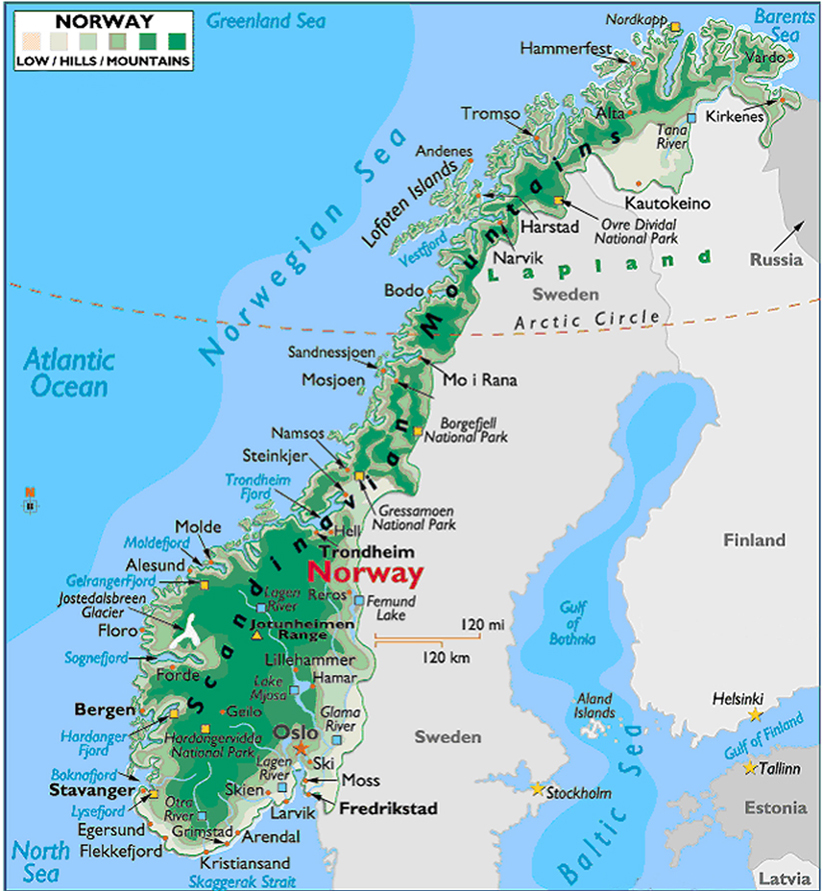
Aalesund, at the entrance of Geirangerfjord, is set over several islands
stretching into the sea. A large fire devastated property in 1904, and a
rapid rebuilding programme resulted in a unique colourful, art nouveau
architectural style which is visible to this day.
During WW2 Aalesund was a major port for German shipping activity and thus
heavily defended against both sea and air attacks - defences included
coastal batteries, and anti-aircraft and machine gun emplacements.
Due to the potential targets on offer, a large strike force was ordered and
in the early afternoon the heavily laden Mosquitos took to the air. The
force comprised;
11 aircraft from 235 squadron, including squadron leader Robbie Reid and
flying officer Alex Turner
9 aircraft from 143 squadron
11 aircraft from 248 squadron
2 aircraft from 333 squadron
The earlier reconnaissance patrols would have put the German defences on
alert, knowing an attack would be carried out later in the day. The strike
force, led by wind commander Roy Orrock from 248 squadron, therefore made
landfall south of Aalesund and circled inland to climb over the mountains
behind the port, in order to gain as much surprise and cover as possible.
The attack commenced at 1557 hours on the shipping lying in both the inner
harbour and in more open water, using rocket projectiles and cannon fire.
Return fire from the German defences was heavy from the coastal defences,
but meagre from the vessels.
Three ships were sunk, the IRIS (3323 tons) and the REMAGE (1830 tons),
together with the Norwegian Merchant vessel LOG (1684 tons). Further
shipping was damaged, evidencing the deadliness of the rocket projectiles
accurately aimed at shipping both above ("dry" hits) and below ("wet" hits)
the waterline.
Two aircraft failed to return, wing commander Orrock's aircraft was hit by
flak and made a successful ditching but became a POW; flying officer
Ceybird's aircraft was also hit by flak and crashed, both crewmembers
perishing.
All 235 squadron aircraft landed safely, at 1803 hours.
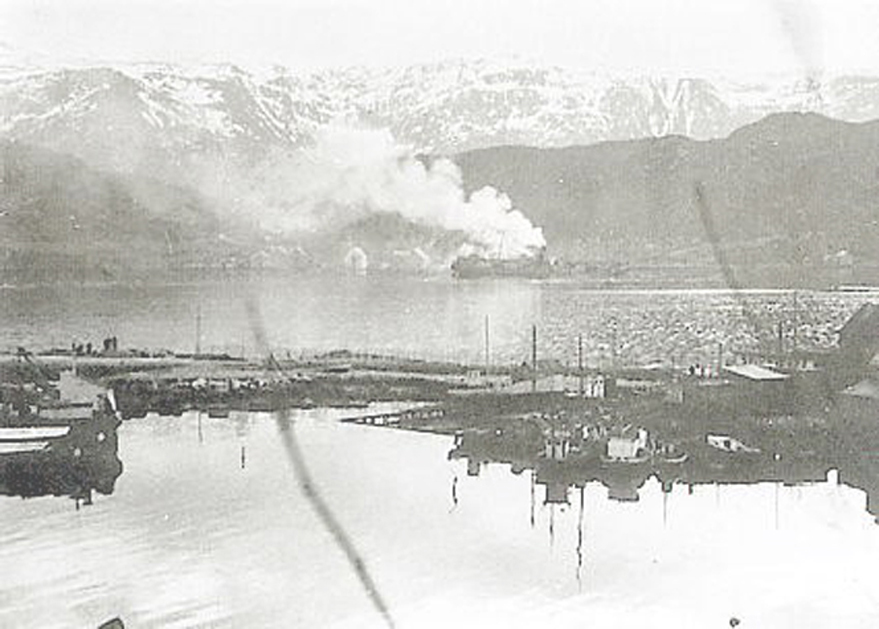

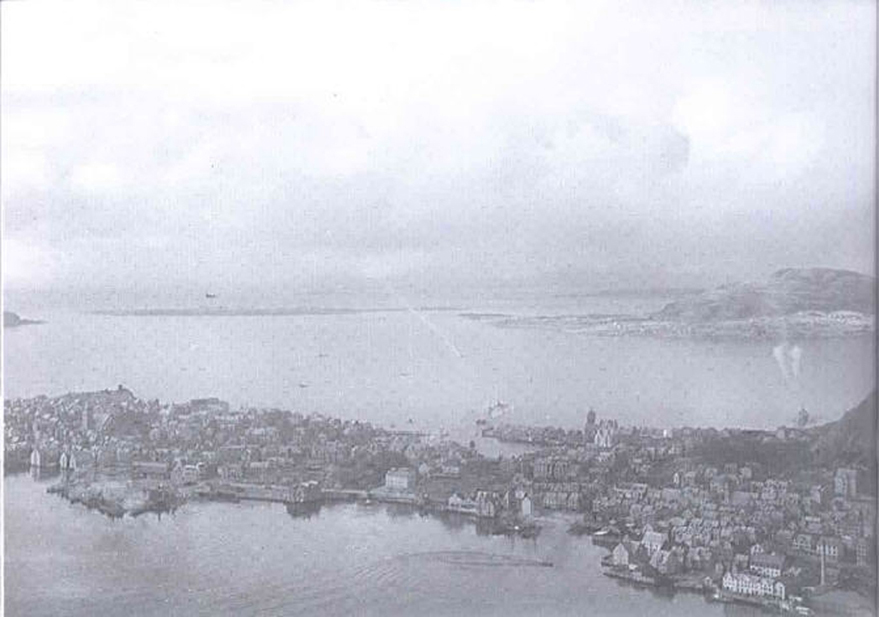
^ Top of page ^
Postscript
Evidence of Aalesund's past during WW2 is still very much in evidence today.
The hill above Aalesund, Aksla (reached by 418 steps from the Town Park
below) offers a fine view of the archipelago and was thus a natural military
vantage point.
Substantial remains of the German underground system and observation post
can be visited here.
Of the air attack on the 17th March, certain evidence can still be seen.
During the attack some buildings around the harbour were inadvertently set
on fire, leading to redevelopment. The spare propeller from the Remage has
been salvaged and can be seen on display at the Fisheries Museum.
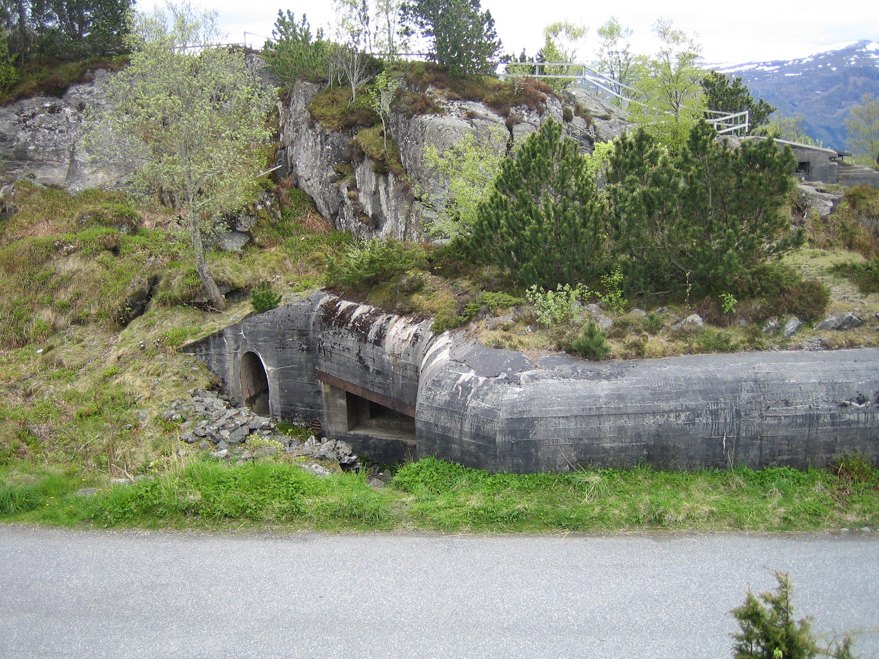
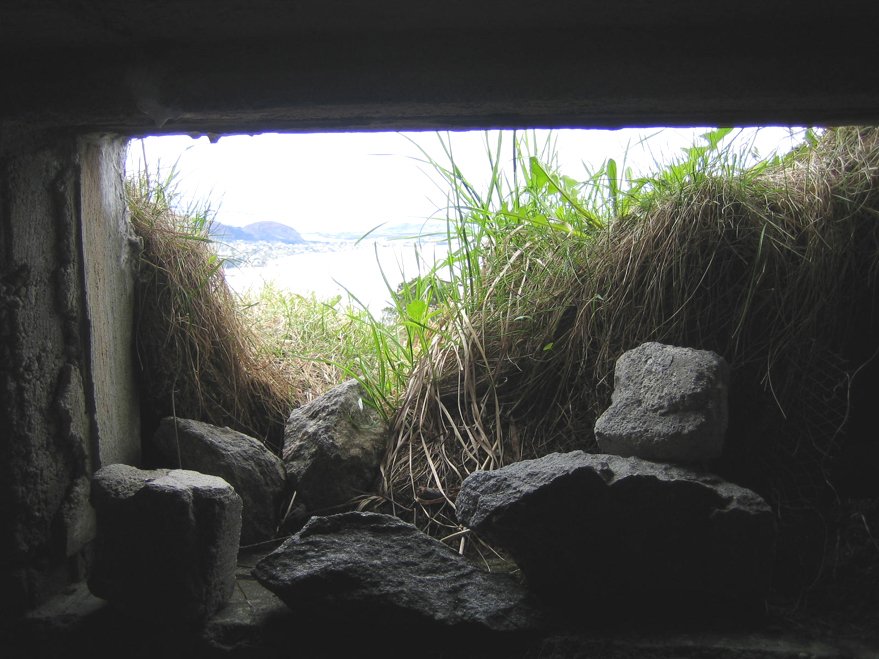
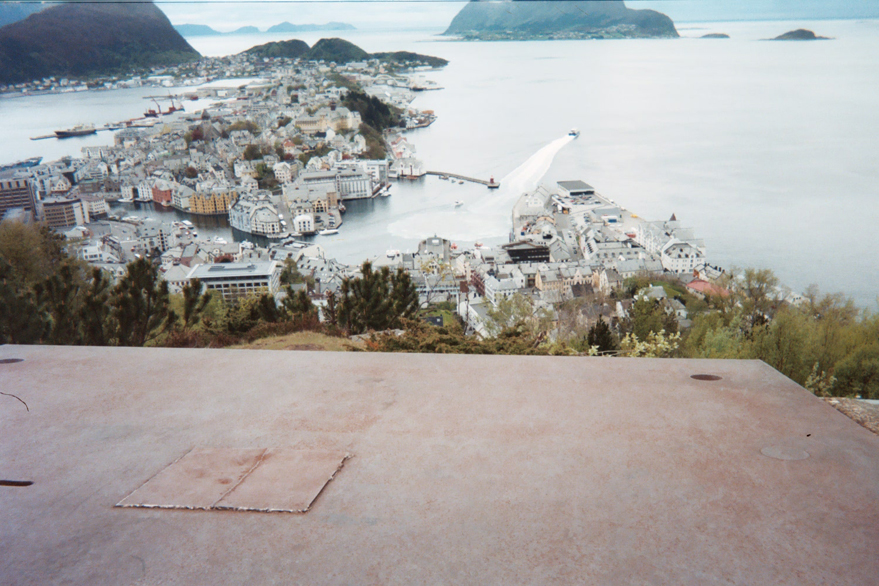
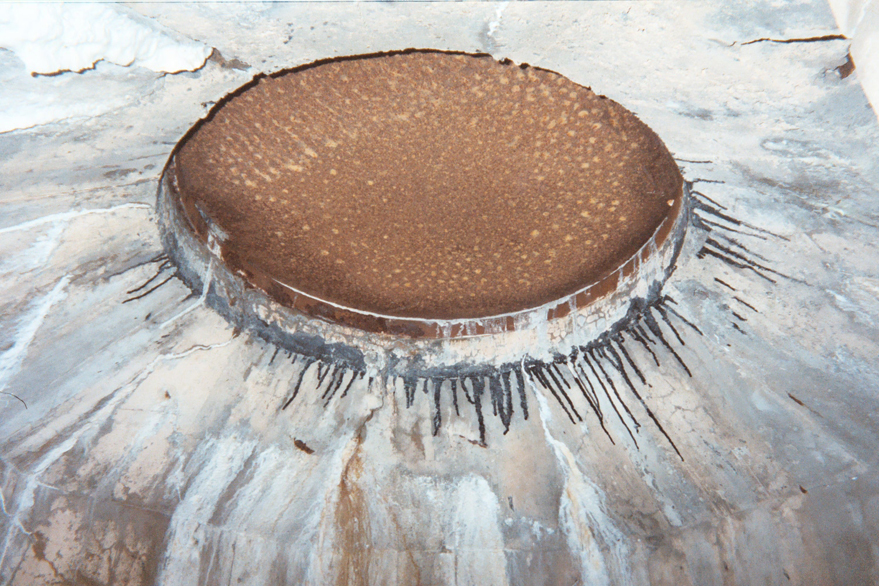
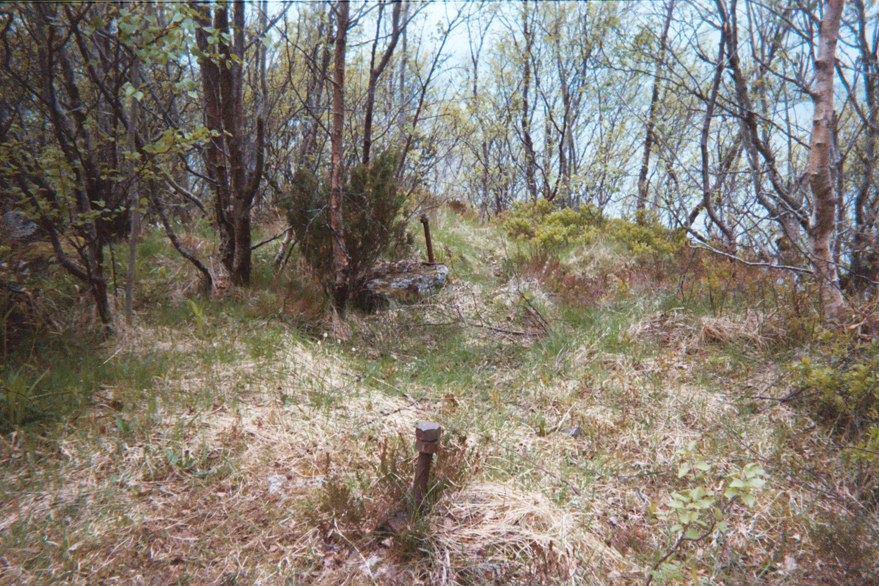
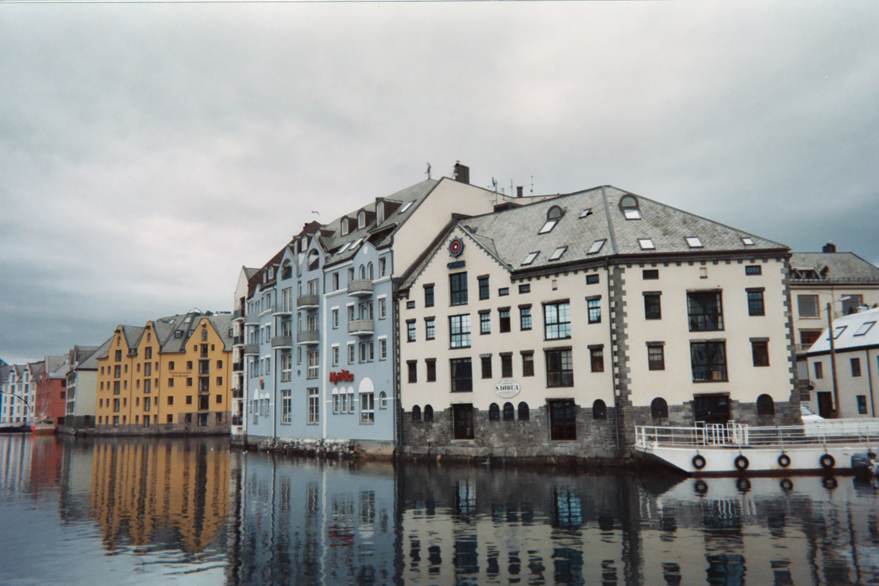
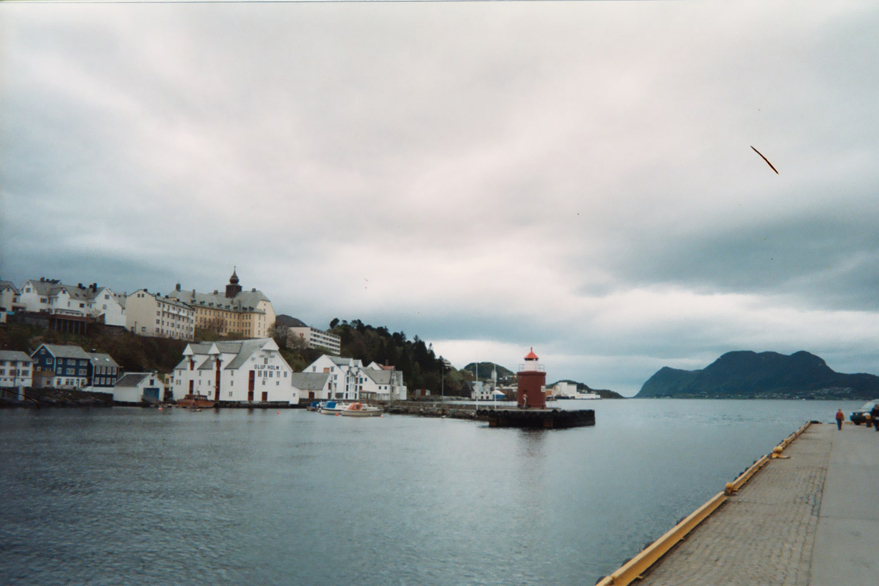
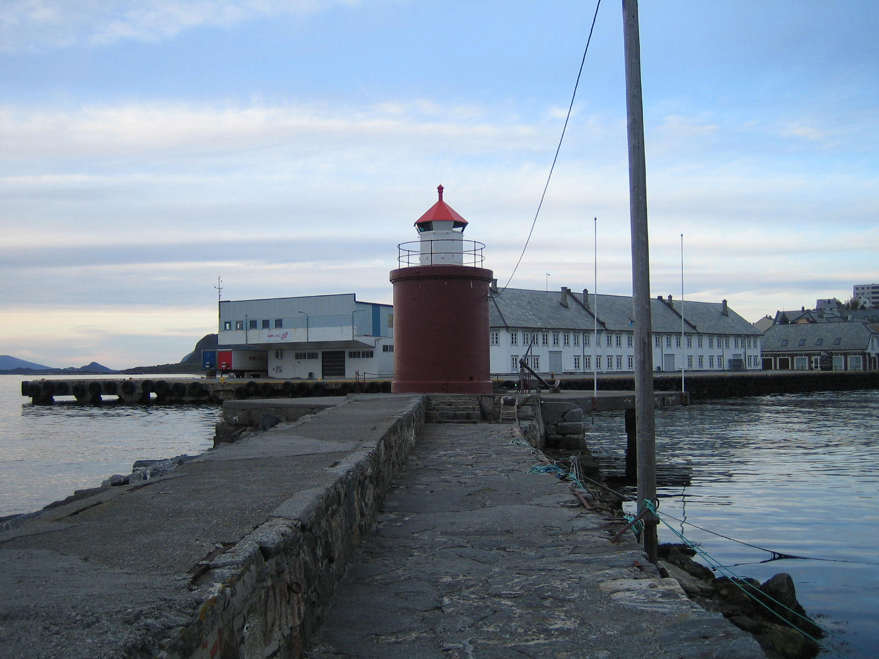
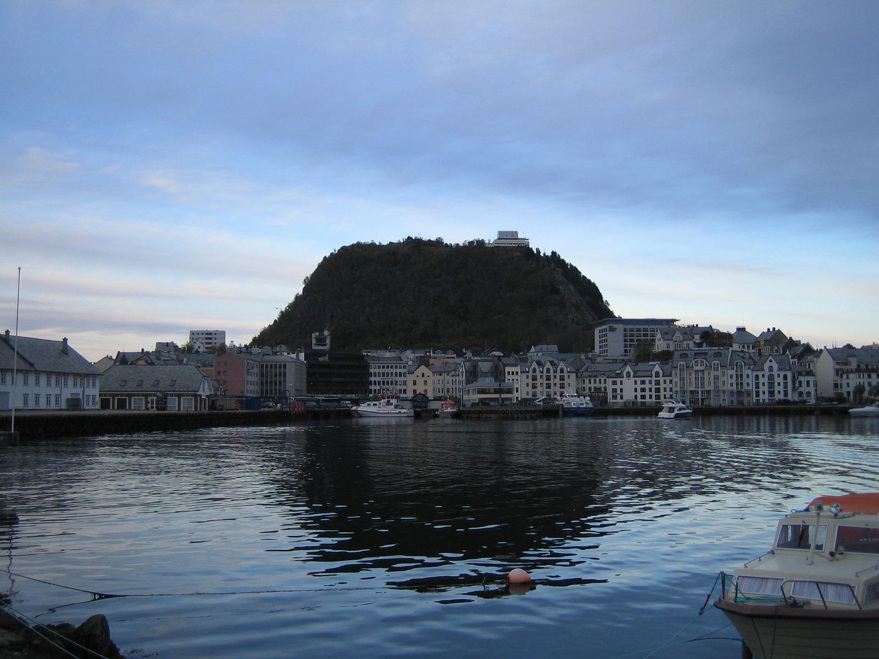
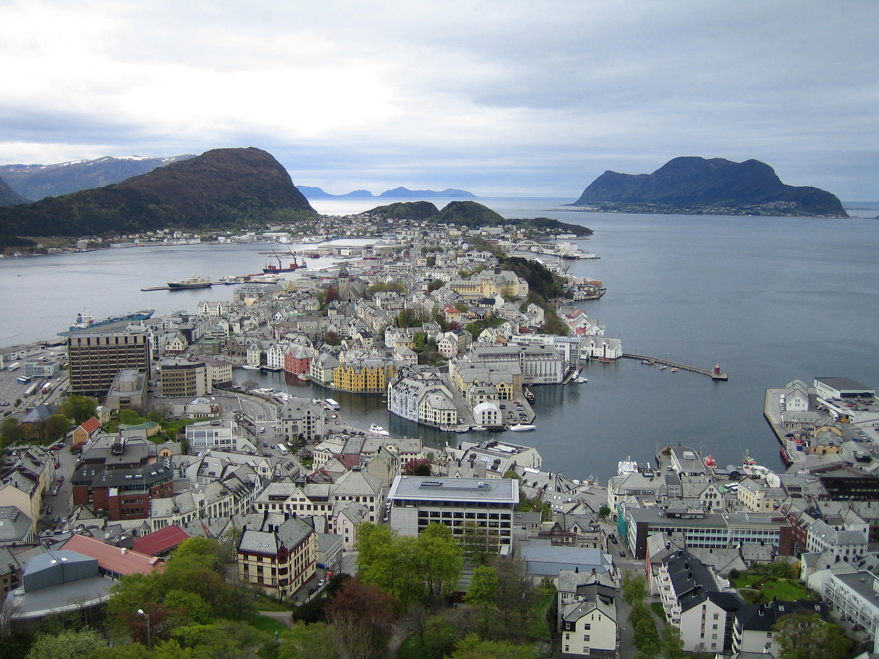
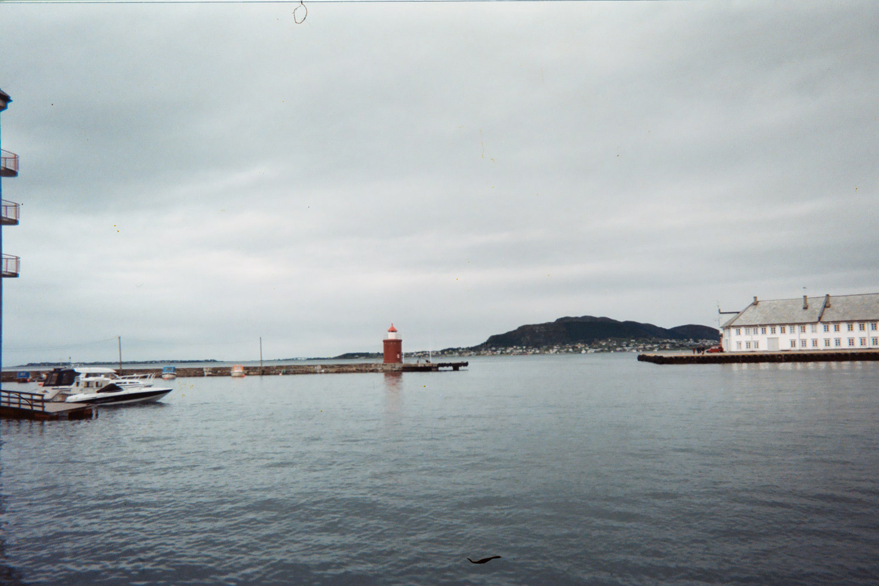
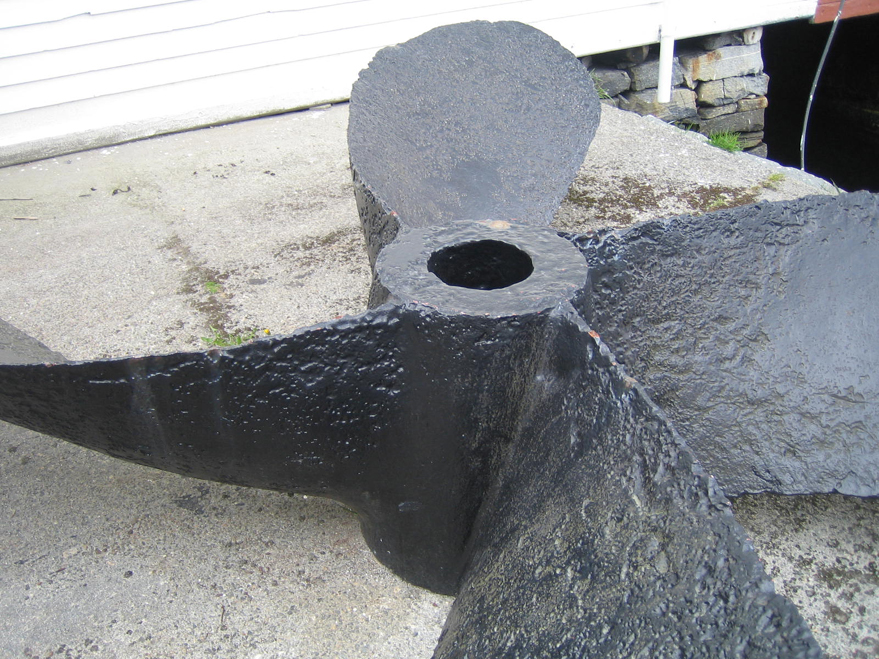
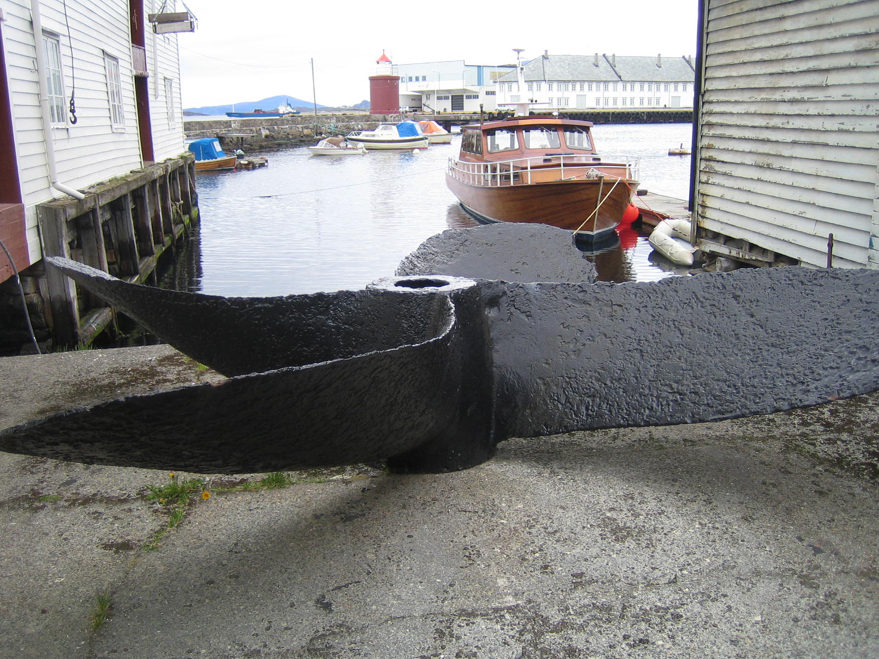
^ Top of page ^
Sunday, 18/03/1945 - Training
No engagements with enemy. 235 squadron released for training, 12 training
sorties carried out.
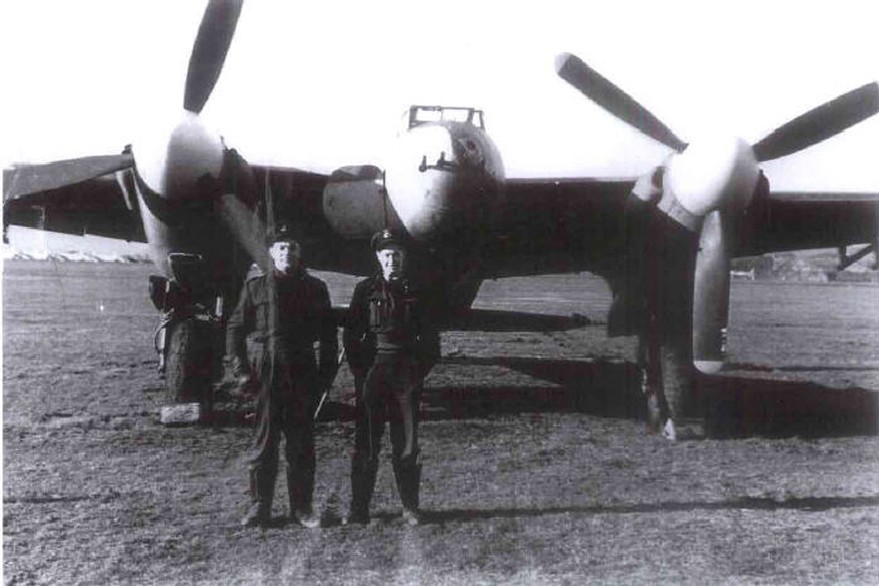
Monday, 19/03/1945 - Training
No engagements with enemy. 235 squadron released for training, 11 training
sorties carried out.
^ Top of page ^
Tuesday, 20/03/1945 - Ranger Patrol
At 1410 hours squadron leader Reid and flight officer Turner lifted off on a
ranger patrol (offensive strikes looking for low level targets of
opportunity) in Mosquito "D".
However, due to one of the drop tanks carrying additional fuel not feeding,
Reid conferred with the Mustang leader and passed over the flight plan.
At 1412 hours Mosquito "D" was forced to turn for home. Two Mustangs
escorted "D", the remainder continuing the patrol. "D" landed safely at base
at 1833 hours.
Later, 40 Mosquitos with 12 Mustang escorts search the Kattegat area (a
strait of the North Sea between southwest Sweden and eastern Jutland,
Denmark) for shipping targets, but none found.
Certain Mustang fighter squadrons, famed for their long range abilities
utilising drop tanks to escort US bombers deep into the heart of Germany,
were diverted to bases in Northern Scotland to escort the Banff strike wing
and combat the various Luftwaffe Staffen established on the West coast of
Norway during the conflict.


Mustangs of 315 squadron
Wednesday, 21/03/1945 - Training
No engagements with enemy. 235 squadron released for training, 9 training
sorties carried out.
^ Top of page ^
Thursday, 22/03/1945 - Training
No engagements with enemy. 235 squadron released for training, 13 training
sorties carried out.
A Mosquito from 333 squadron crashed near the airfield on a routine air
test, the pilot Leithe perishing in the accident, the navigator Skjelanger
was thrown from the wreckage and survived.
^ Top of page ^
Friday, 23/03/1945 - Shipping Attacks
235 launch 2 early morning reconnaissance patrols, but little seen. Other
squadron patrols report the presence of shipping in the Stadtlandet area.
At 1523 12 aircraft from 235 squadron take of, together with aircraft from
143 and 248 aircraft. 42 Mosquitos in total, with 12 Mustangs as escort.
Squadron leader Reid leads 235 squadron in "W".
At 16.50hours 235 squadron turned away from the formation, and at 17.01
approach VAEROYA with visibility 1 mile, no cloud but very hazy. The
squadron turns north and continues overland eastwards, led by their
Norwegian outrider.
At 1710 hours, 8 aircraft from 248 squadron attempt strikes against shipping
in Maloy, but the positioning of the vessels make effective strikes
difficult and the aircraft resume searching for targets, before turning for
home.
At 1723 hours the remaining force attacks the general cargo vessel LYSAKER
(909 tons), berthed at Sandshamm in the Sunnmore area, with rocket
projectiles and cannon, claiming many strikes. The ship is sunk. The
Norwegian passenger ship ROMSDAL (138 tons) in machine gunned by mistake.
2 aircraft were lost to enemy flak, flying officer McCall of 143 squadron
and his navigator Etchells, whose aircraft was seen to catch fire and crash
into the sea - both perished in the crash. Flight lieutenant Lowe and his
navigator Hannaford, also of 143 squadron performed a successful ditching a
mile offshore with the starboard engine smoking - both survived to become
prisoners of war.
Meanwhile the 12 aircraft of 235 squadron launch an attack against the
German vessel ROTENFELS (7851 tons), at berth in the southern end of
Dalsfjord near the small village of Steinsvik. The vessel is loaded with
munitions. Using similar tactics to the Aalesund raid on the 17th, the
aircraft line up and attack over the mountains behind the fjord, avoiding
the open water approach to give the German gunners as little time as
possible to focus on their targets. They then enter a shallow dive and aim
for the vessel.
The local villagers, aware an attack is coming due to the sighting of the
reconnaissance aircraft earlier that day, rush for shelter as the Mosquitos
scream in for attack, the Merlins shattering the silence, the aircraft
scattering spent ammunition casings over the village.
The Germans were also alert. Squadron leader Reid in "W" was first to
attack, suffered a direct hit and the Mosquito dived into the sea 50 yards
ahead and beyond the merchant vessel. The aircraft did not burn, but
disintegrated on impact leaving a cloud of steam and smoke.
The remaining aircraft attack, soon silencing the return fire from the
vessel, and 79 rocket projectiles are launched from 10 Mosquitos ("H"
suffers a one rocket hang-up), scoring 4 wet and 11 dry hits. 4 aircraft
were unable to observe results owing to steepness of dive and difficulty of
attack. All aircraft attack the merchant vessel with cannon, all scoring
strikes.
As a result of the attack the merchant vessel was left burning furiously and
a large explosion from the bridge superstructure was seen. The outrider led
the force down VOLDSFJORD and over HARIEDLANDET firing green cartridges to
attract attention. The outrider covered DAVIKEN, CULENS, NORDFJORD, EID,
VOLDSFJORD, ORSFENFJORD and VARTDALSFJORD sighting no shipping.
235 squadron returned to base, the last aircraft touching down at 1957
hours.
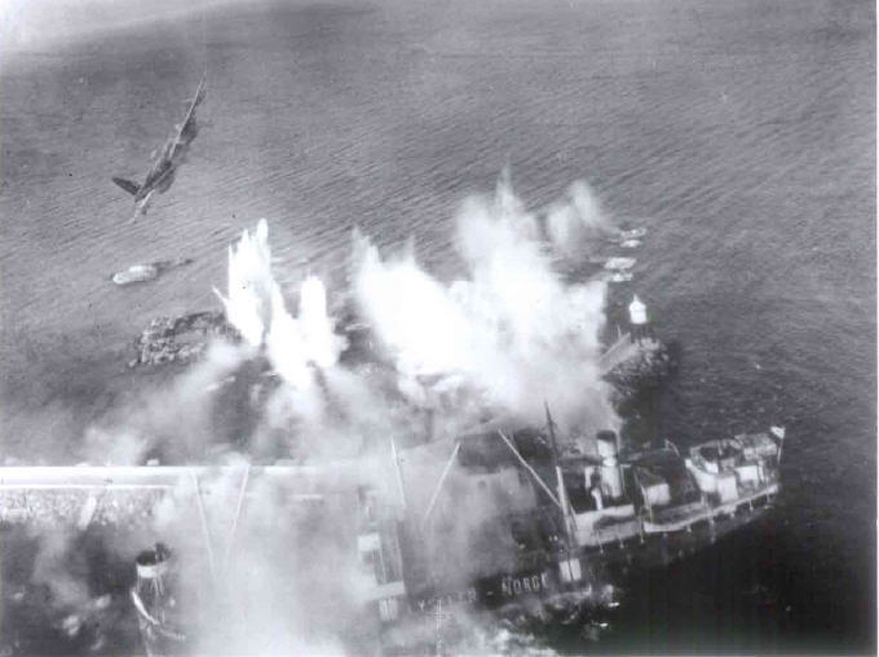
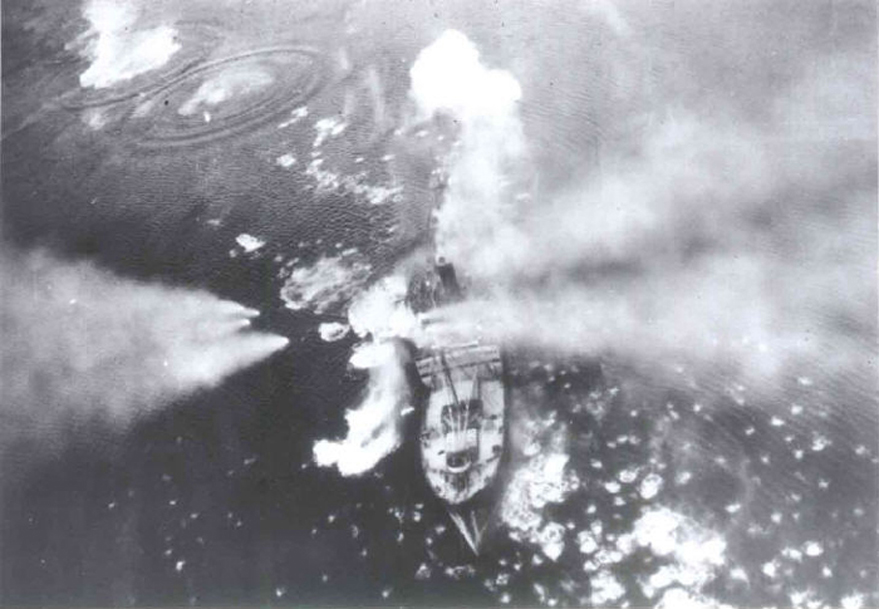
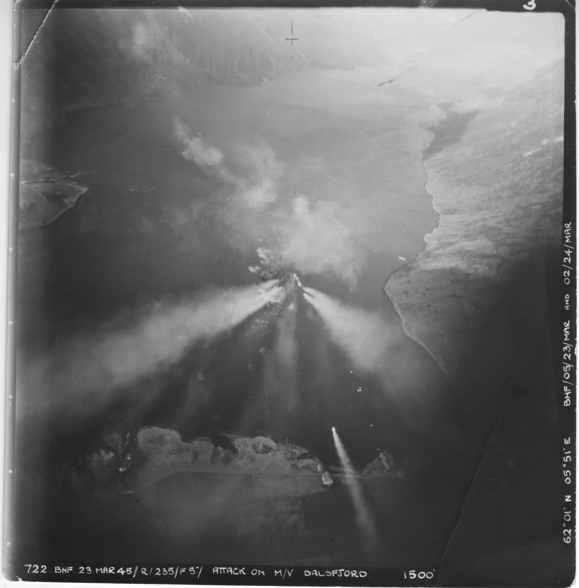
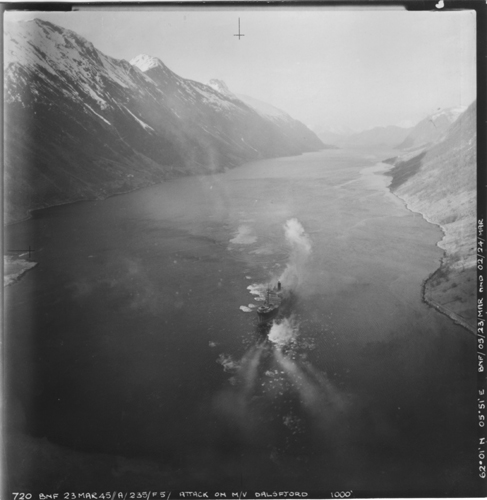
^ Top of page ^
Postscript
Of the evening, Ken Parkinson remembers:
"We had a session in the aircrew canteen tonight to give the ground staff
a few drinks and remember Robbie and Turner. I left early to start
packing for my leave. Others seemed to press on because about 1:30am
we were awoken by some of them throwing bricks on our tin roof!"
The wreck of the LYSAKER was raised in 1946 and re-entered service as the SOLSKIN, eventually being broken up in 1969.
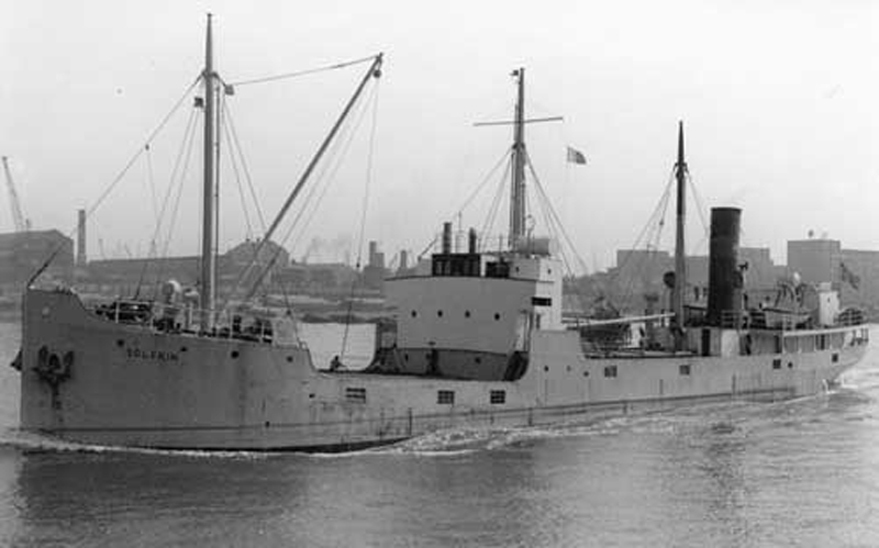
The Rotenfels was eventually taken away, repaired and in 1947 sold to
Alcyone Shipping Co, renamed Alcyone Hope.
In 1950, a memorial was erected and a service took place in the small village
of Steinsvik, positioned as it is near to where the ROTENFELS was berthed
and attacked, in honour of squadron leader Reid and flight officer Turner.
Every year, on the Norwegian day of independence 17th May, the Norwegian and
the Scottish flags (both pilots were from Scotland) are raised over the
memorial and thoughts given to the bravery of all aircrew during the
Norwegian campaign.
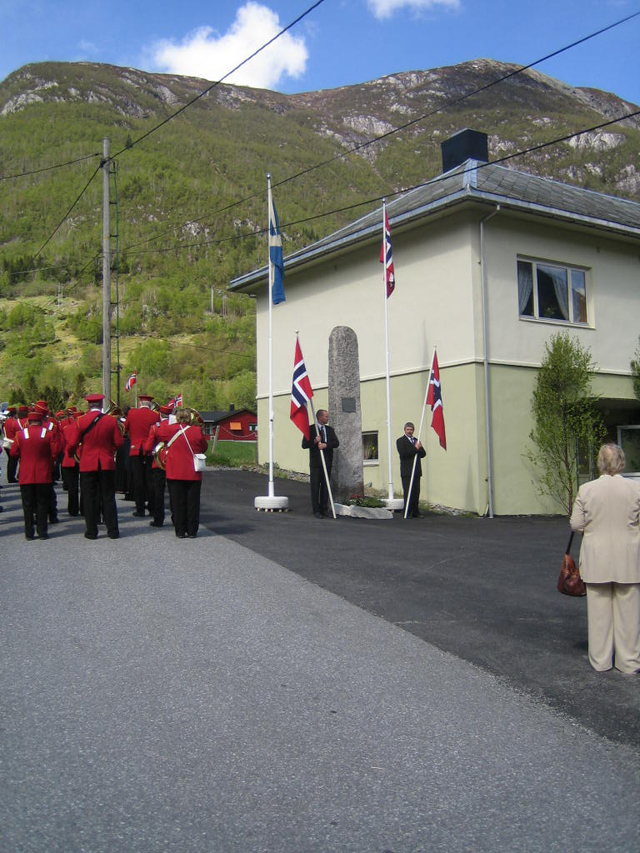
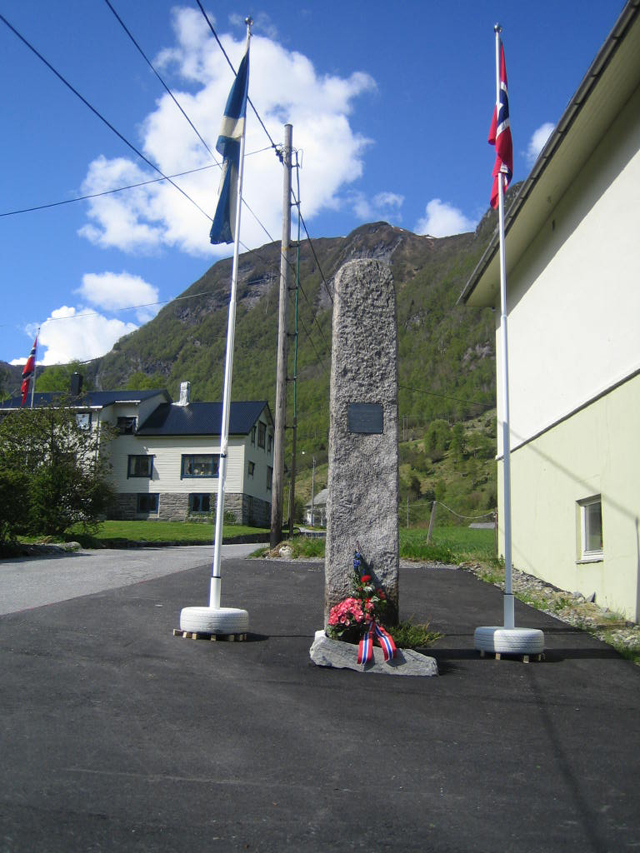
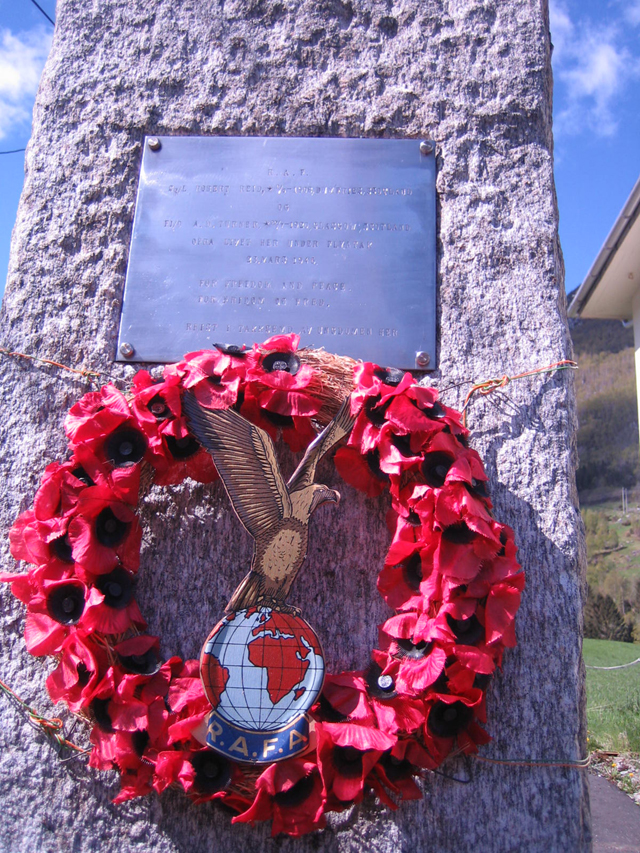
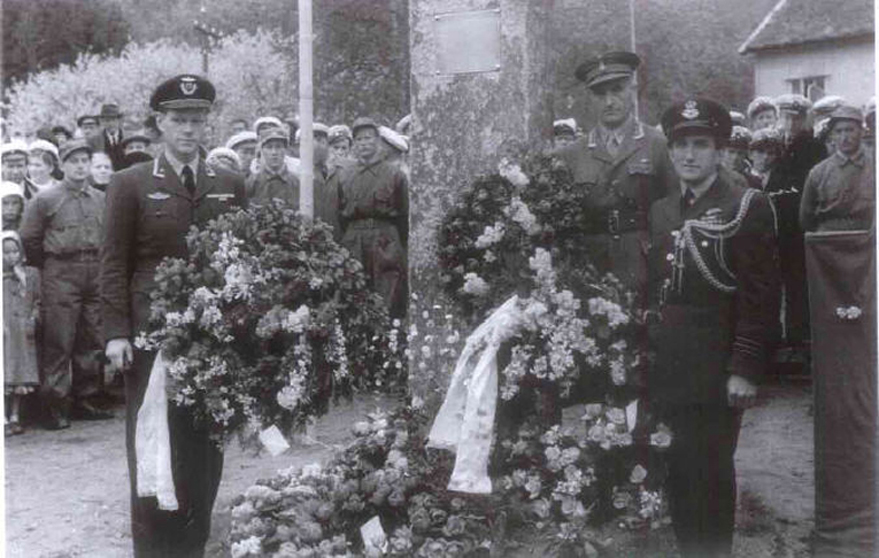
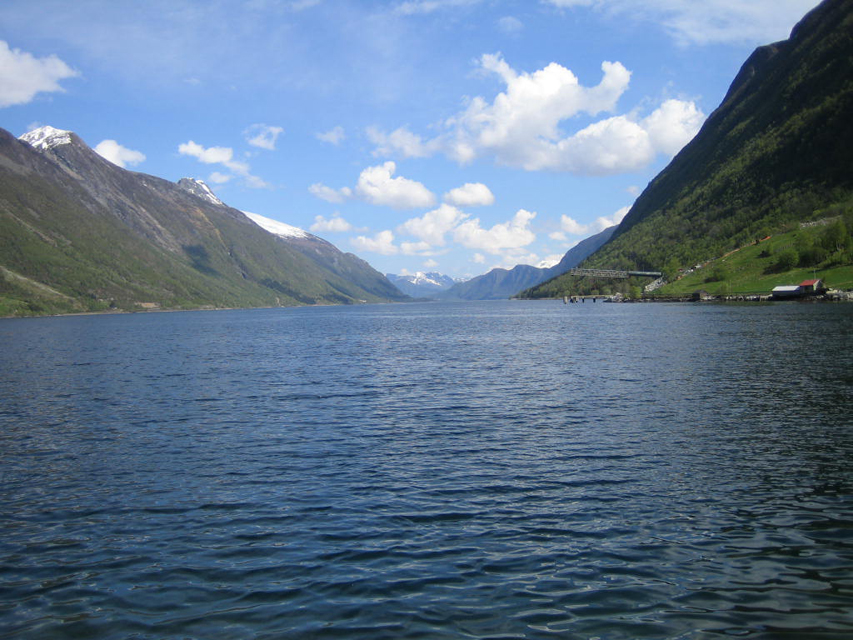
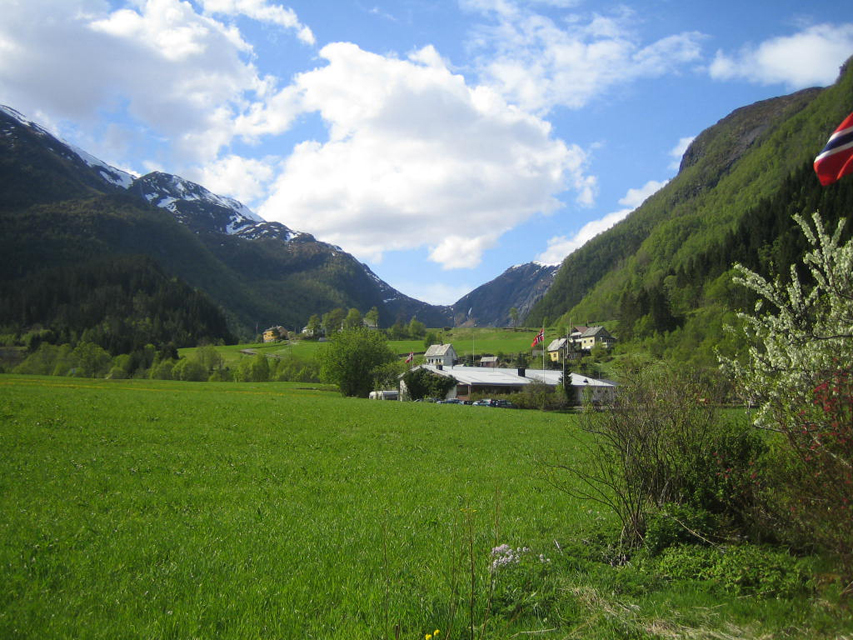
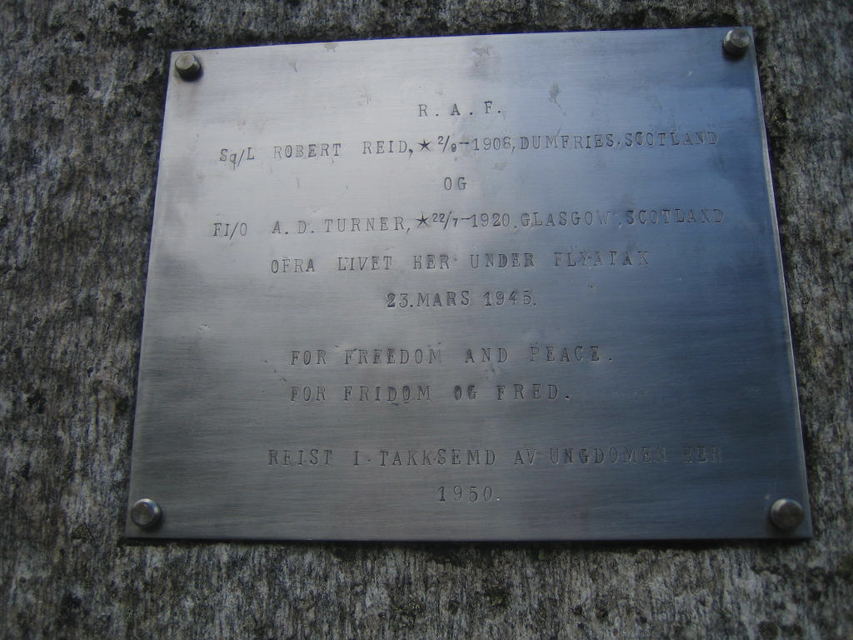
Back to diaries
^ Top of page ^
|

































